
Antique Apple Varieties
Apples from Trees of Antiquity
Our nurseries have just received nine varieties of "antique" apples from Paso Robles grower, Trees of Antiquity*. These apples are unique in their own way—from size, shape, color and flavor—each has stood the test of time, some developed as early as the 1600s. Add one of these tasty options to your backyard orchard before they're gone!
*Apple trees grown by Trees of Antiquity are USDA Organic, Certified by California Certified Organic Farmers (CCOF).
*Apple trees grown by Trees of Antiquity are USDA Organic, Certified by California Certified Organic Farmers (CCOF).
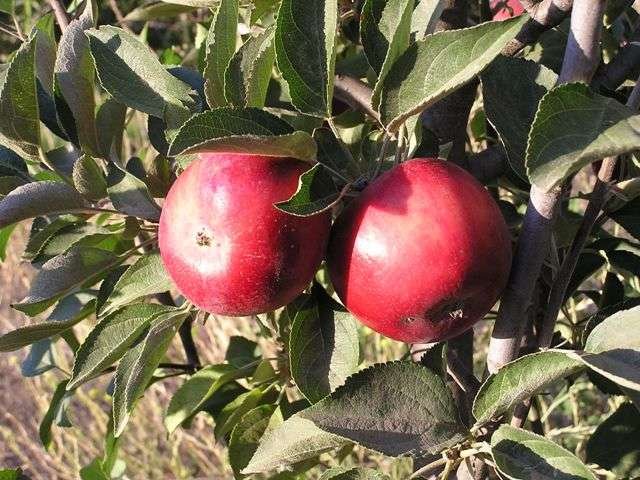
Black Limbertwig
Georgia 1800s
- Spicy, aromatic variety
- Distinctive juicy, yellow flesh
- A favorite–almost extinct–delicacy
- Known for its disease resistance and ease of growing
- Beautifully aesthetic weeping growth habit
- Excellent for fresh eating, apple butter & cider
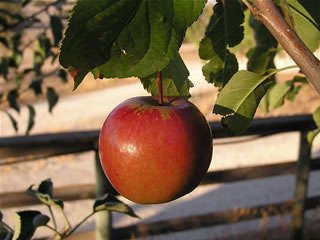
Cinnamon Spice
California 1980s
- Medium-sized fruit, wine red with some yellow background color
- Named for its cinnamon flavor, like eating an apple pie in a fresh apple
- Tree of medium vigor, with upright shoots

Hauer Pippin
California 1890s
- Large, crisp fruit with juicy and sweet flavor
- Nicknamed the “Christmas Apple” because of its late harvest
- Fruit is typically green with a dark red blush and prominent white spots
- Great multi-purpose apple, especially for desserts & cider
- Known for its resistance to codling moth and scab
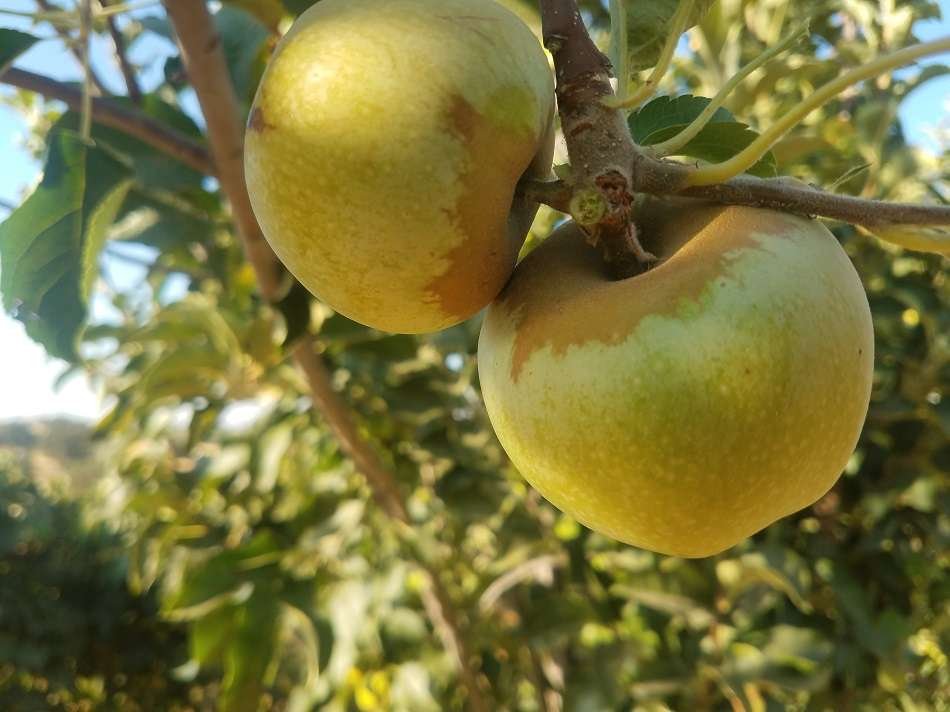
Newtown Pippin
New York 1759
- Oldest commercially grown variety bred in the U.S.
- Skin is green to yellow, often russeted, with white dots
- Flesh is yellow to green, firm, crisp, moderately fine grained, aromatic with refreshing tartness
- Does well in warm summer locations
- Fruit develops full sugar and rich flavor after a few months of cold storage
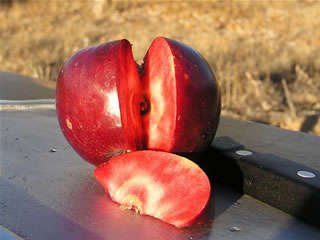
Niedzwetzkyana
Native to Kyrgyzstan
- Large bright red apple with brilliant red flesh
- Flavor is balanced between sweet and tart, and will sweeten if left on the tree longer
- A smaller tree when mature, these apples ripen at the end of September in most locations and are known for their striking fall color
- Makes great apple pies (that resemble pies made from cherries!) & a pretty scarlet cider

Orleans Reinette
France 1776
- Grown throughout Europe but remains somewhat elusive in the U.S.
- Cinnamon russet, red flush fruit with an undercoat of glowing gold
- Nutty russet flavor finished with a juicy, creamy, fine-textured, white flesh
- Nice balance of acidity and sweetness
- Good for cider, sauces, pies & fresh eating
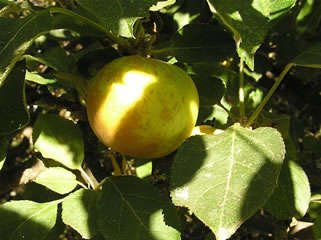
Roxbury Russet
Massachusetts 1635
- One of the oldest American fruit trees still being grown
- Medium to large fruit, greenish, sometimes bronze-tinged skin that can be covered with yellowish-brown russet
- Flesh is firm, slightly coarse, fairly tender, yellowish-white color
- Good sugar content and fruit keeps well
- Tree size is medium to large; bears large crop each year, if provided good, rich soil
- Resistant to scab and cedar apple rust
- Excellent for fresh eating & cider
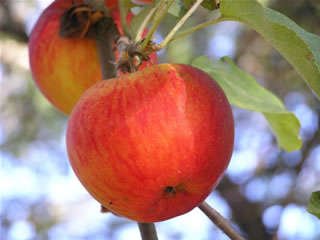
Spitzenburg
New York 1700s
- Excellent flavor and quality
- Fruit is great right off the tree, but flavor improves immensely in storage
- Medium-sized fruit with crisp, yellow skin covered with inconspicuous red stripes and russet freckles
- Flesh is tinged yellow, firm, aromatic, complex in flavor–a perfect balance between sharp and sweet
- Good for fresh eating, desserts, sauces & cider
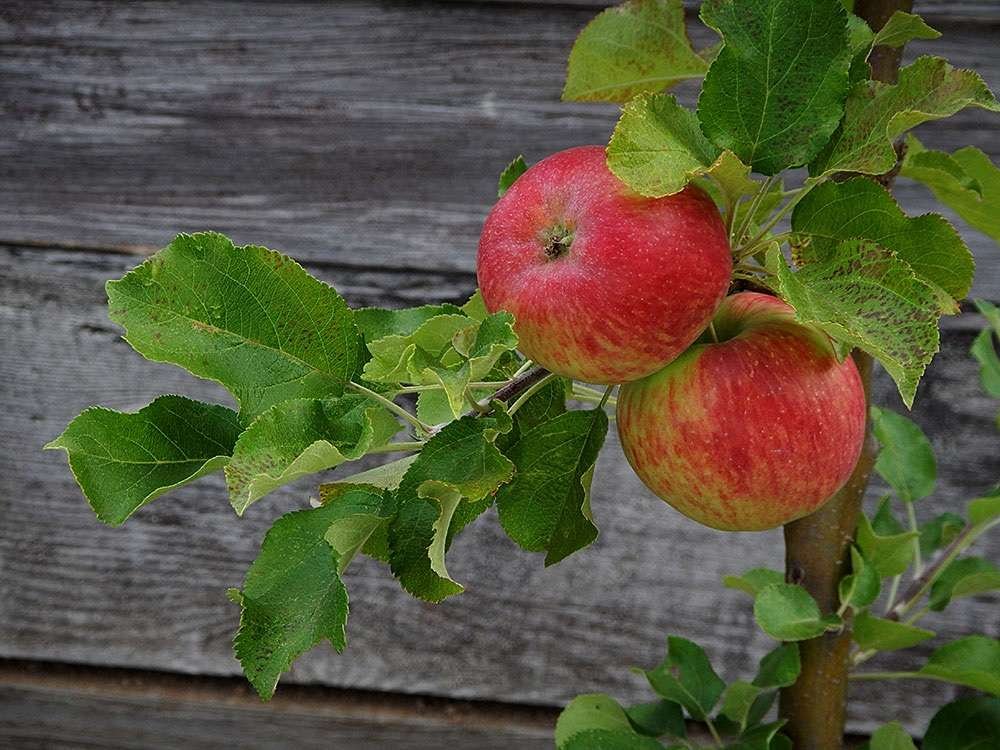
Strawberry Parfait
New Jersey 1900s
- A favorite early season apple
- Fruit has pretty striped red over ivory skin with red splashes in the flesh, reminding some of strawberries and ice cream
- Hints of strawberry in smell and taste
- Good for cooking, sauces & cider
